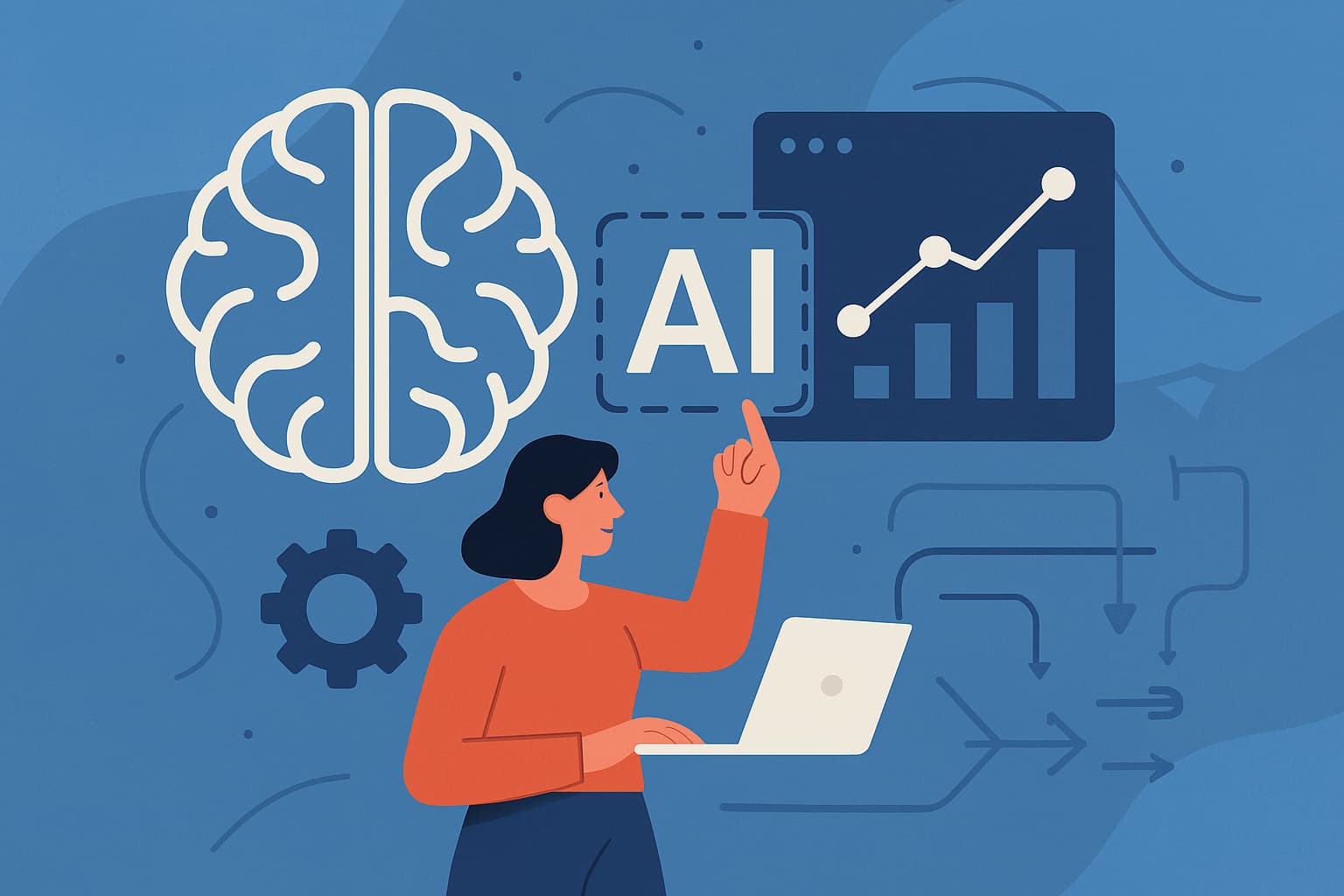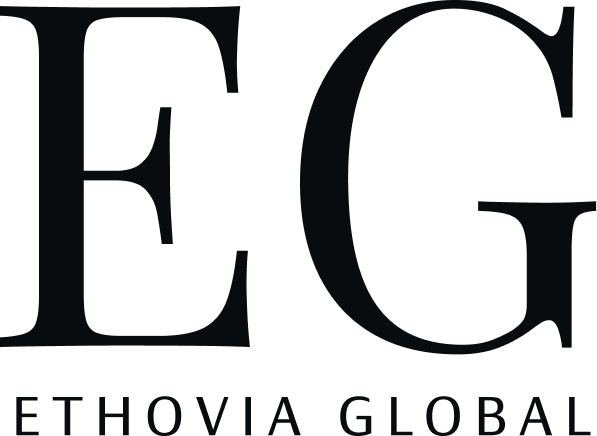This article also focuses on India
Asia’s leadership hiring landscape in 2025 is defined by digital acceleration, strict regulatory shifts, and a competitive drive for global-minded, resilient, and diversity-focused executives. This comprehensive article analyses the major hiring trends, regional variations, and supporting data—with detailed tables, market breakdowns, and actionable insights sourced from leading industry reports and expert commentary [1][2].
Introduction
Leadership hiring in Asia is no longer a business formality. It is now a strategic imperative, tightly entwined with regulatory compliance, digital transformation, and shifting talent expectations. Boards, HR heads, and executive search firms across Asia Pacific (APAC), especially in India, Singapore, China, and Australia, are recalibrating their approaches to senior talent acquisition in response to evolving regulations and disruptive technologies [1][2].
Regulatory Shifts Fuelling Change along with ESG and Compliance Requirements
Asia-Pacific’s regulatory environment has become a critical factor in leadership hiring. In 2025, countries such as Singapore implemented climate reporting standards requiring listed firms to align with international benchmarks like the ISSB. Boards now actively seek leaders with deep regulatory knowledge—especially Chief Sustainability Officers and ESG-savvy CFOs—creating a “talent imperative” tied to compliance transparency and risk mitigation [1].
- India mandates third-party sustainability report verification, driving demand for executives skilled in governance, audits, and stakeholder communication [1].
- New stewardship regulations tend toward linking executive pay to ESG key performance indicators, requiring leaders with dual expertise in compensation and ESG delivery [1].
Table 1: Regulatory Hiring Requirements by Country
| Country | Key Regulation | Senior Roles in Demand |
| Singapore | ISSB climate disclosure | Chief Sustainability Officer, ESG CFO [1]| |
| India | Verified sustainability | Governance Head, Sustainability Executive [1] |
Digital Economy and Tech-Centric Leadership
Asia’s digital-first business models have elevated technology and AI expertise as core criteria for C-suite hires. CEOs, CFOs, and CHROs are recruited not just for operational expertise but for their ability to drive digital transformation and innovative growth [3][2].
- Fintech, health tech, and e-commerce sectors focus on hiring Chief Digital Officers, Chief AI Officers, and Chief Cybersecurity Officers [2].
- Manufacturing, logistics, and finance increasingly require leaders who can digitize entire operations and steer through digital compliance frameworks [1][2].
Table 2: Functions Most Affected by Digital Hiring Trends
| Sector | Key Roles Sought | Trend Description |
| Fintech | Chief Digital Officer | Drives innovation, compliance |
| Manufacturing | Chief AI Officer | Automates operations, data strategy |
| BFSI | Chief Cybersecurity Officer | Protects assets, assures compliance |
Key Digital Leadership Roles by Sector
In response to the increasing emphasis on digital transformation across Asian industries, organisations are seeking specialised leadership to address sector-specific challenges and opportunities. The following outlines the core roles and their strategic focus within each sector:
- Fintech: The position of Chief Digital Officer is pivotal in this sector. These leaders are tasked with driving innovation and ensuring that the organisation remains compliant with rapidly evolving regulatory requirements. Their role encompasses the adoption of new technologies and the implementation of digital-first business strategies that keep the company ahead of competitors.
- Manufacturing: In the manufacturing sector, the Chief AI Officer plays a crucial part by spearheading automation efforts and shaping the company’s data strategy. The focus is on leveraging artificial intelligence to optimise operations, improve efficiency, and support the transition to smart manufacturing practices.
- BFSI (Banking, Financial Services, and Insurance): For BFSI industries, the Chief Cybersecurity Officer is a key role. This executive is responsible for protecting critical assets and ensuring compliance with stringent cybersecurity regulations. Their leadership is essential in maintaining the trust of stakeholders and guarding against digital threats.
Cross-Border and Global Experience
The globalization of Asian business has led to a premium on executives with international exposure. British, American, and Southeast Asian leaders are actively sought for APAC expansion efforts—companies favour those who bring cross-border expertise and fluency in local market nuances [1][2].
- Immigration and tax laws, rising skilled visa salary thresholds, and tightened mobility criteria add complexity; only highly qualified and globally astute leaders are eligible [1].
- Indian conglomerates recruit Indian-origin talent from overseas to support overseas projects and local market expansion [2].

Table 3: Cross-Border Leadership Hiring Factors
| Criteria | Country Affected | Impact on Selection |
| Skilled visa salary | Australia | Narrows top-tier candidate pool [1] |
| Tax readiness | All APAC | Compliance regime suitability |
Diversity, Equity, and Inclusion
Boards and investors across Asia emphasize the recruitment of diverse leaders—women, LGBTQ+, ethnic minorities—integrating diversity metrics into CXO scorecards. Executive search mandates routinely require DEI experience and commitment to inclusive leadership development [2].
- Firms increasingly use AI-powered assessments and culture fit interviews to identify leaders suited to diverse environments [2].
Table 4: Board Diversity Initiatives
| Practice | Impact | Example |
| DEI Metrics in C-suite Hiring | More diverse leadership teams | Mandates for women in CXO roles |
| Inclusive Leadership Development | Enhanced executive performance | Psychometric assessments [2] |
The Rise of Agile, Resilient Leadership
The post-pandemic era spotlights crisis management and business continuity acumen. Agile, empathetic, and innovation-driven leaders are prioritized; traditional command-and-control models give way to adaptive, emotionally intelligent leadership [2].
- Leaders are evaluated for resilience, flexibility, and their ability to build high-performing, future-ready teams [2].
Table 5: Desired Leadership Qualities in 2025
| Attribute | Importance Level | Hiring Method |
| Resilience | Critical | Leadership simulation |
| Digital agility | High | Tech-focused interviews |
| Empathy | Essential | Behavioural assessments |
Market Data: Leadership Recruitment Industry
The Asia Pacific executive recruitment market is growing rapidly—especially in tech, finance, and sustainability sectors.
- Estimated market value in 2025: $110.03 billion (up from $77.39 Billion in 2021) [4].
- Compound annual growth rate (CAGR): 15% (2024-2031) [4].
- APAC represents ~23% of global recruitment revenue, with China, Japan, India, Singapore, and Australia as leading submarkets [4].
Table 6: Asia Pacific Executive Recruitment Industry Growth
| Year | Market Value ($ Billion) | CAGR % | Global Share (%) |
| 2021 | 77.39 | ___ | ~ 20 |
| 2025 | 110.03 | 9.3 | ~ 23 |
| 2031 | 200+ projected | 15 (2024-2031) | ___ |
Challenges in Leadership Talent Acquisition
Talent Shortages
Emerging domains such as AI/ML, climate sustainability, and Web3 technologies often suffer from acute shortages of qualified executives—leading peers to compete globally for a narrowed talent pool [2].
- CXO-level attrition poses risks for business continuity; robust retention frameworks (leadership coaching, equity incentives, meaningful work) become essential [2].
Succession Planning Gaps
A lack of documented succession planning disrupts leadership stability, especially in family-owned or medium enterprises [2].
- Modern companies now formalize successions, hiring executive search partners to ensure a seamless transition [2].
Table 7: Common Leadership Hiring Challenges
| Challenge | Prevalence | Strategic Response |
| Talent Shortage | High | Global outreach, internal pipelines |
| Retention | Medium | Equity, coaching |
| Succession Gap | High | Search partner support |
Evolving Recruitment Strategies
Executive Search Partners and Internal Pipelines
Specialized executive search firms are now essential—leveraging market intelligence, passive talent networks, and rigorous vetting to ensure ROI in senior appointments [2].
- Developing internal leadership pipelines (mentoring, rotation, talent mobility) supports future-ready organizations and minimizes external hiring needs [2].
Data-Driven, Predictive Assessment
AI-powered tools, predictive analytics, and psychometric testing are now mandatory in high-stakes leadership hiring [2].
- Employer branding for leadership candidates now emphasizes purpose, autonomy, and values alignment [2].
Table 8: Modern Leadership Recruitment Toolkit
| Tool/Method | Benefit |
| AI assessments | Predictive fit |
| Culture-fit interviews | Enhanced team synergy |
| Employer branding | Attraction of visionary talent |
Country and Industry Comparisons
Singapore
- Uplifted climate and ESG standards drive demand for sustainability leadership.
- Tech and digital roles dominate hiring priorities in banking, commerce, and logistics sectors [1].
India
- Succession planning, diversity, and digitization are top trends.
- Manufacturing, fintech, and e-commerce increasingly recruit tech-enabled, globally experienced leaders [2].
China, Korea, Australia
- Emphasize global market integration, cross-border M&A, and hybrid leadership models.
- Australia’s visa reforms and real-time compliance reporting make tax-readiness and market adaptability central hiring factors [1].
Table 9: Leadership Hiring Trends by Country
| Country | Top Trends | High-Demand Roles |
| Singapore | ESG/Tech, climate reporting | Sustainability Officer |
| India | Digital, succession, diversity | Chief AI Officer |
| China/Korea | Global expansion, tech integration | Cross-border Manager |
| Australia | Hybrid, compliance, tax-readiness | Tech-enabled CEO |
Recommendations for Future-Ready Leadership Hiring
- Align Hiring with Regulatory Developments: Track and integrate new regulations into leadership selection criteria, especially in ESG, tax, and trade frameworks [1].
- Prioritize Tech-Savvy, Agile Leaders: Elevate executives with proven digital acumen, flexibility, and resilience [2].
- Support Diversity and Inclusion: Institute DEI scorecards and inclusive assessment methodologies for all senior hires [2].
- Build and Use Internal Talent Pipelines: Equip future leaders with rotational programs, mentoring, and leadership development to minimize external risk [2].
- Leverage Specialist Partners and Modern Assessment Tools: Use executive search firms with stringent vetting practices, data-driven assessment, and employer branding expertise [2].
Conclusion
Asia’s leadership hiring in 2025 is shaped by rapid regulatory evolution, digital disruption, and rising expectations of agility, inclusivity, and resilience. Each country and sector bring nuanced hiring requirements—from Singapore’s ESG standards to India’s focus on tech-driven growth and succession planning. Boards and executive recruiters must embrace holistic, data-driven strategies to remain competitive and compliant, ensuring every senior appointment advances both the organization’s vision and regulatory readiness.
Organizations that treat these trends not as background factors but as defining elements of their hiring strategy will attract and retain the calibre of leaders required to thrive amid uncertainty and change [1][2].
Sources
[1] How Regulatory Shifts Are Reshaping APAC Leadership … https://www.formativesearch.com/how-regulatory-shifts-are-reshaping-apac-leadership-hiring-2025/
[2] The Evolving Landscape of Leadership Hiring in India https://www.promptpersonnel.com/the-evolving-landscape-of-leadership-hiring-in-india-trends-for-2025/
[3] Executive Hiring Trends to Watch in 2025 https://www.reqruitasia.com/blog/Executive-Hiring-Trends-to-Watch-in-2025
[4] Asia Pacific Recruitment Industry Report 2025 https://www.cognitivemarketresearch.com/regional-analysis/asia-pacific-recruitment-market-report



